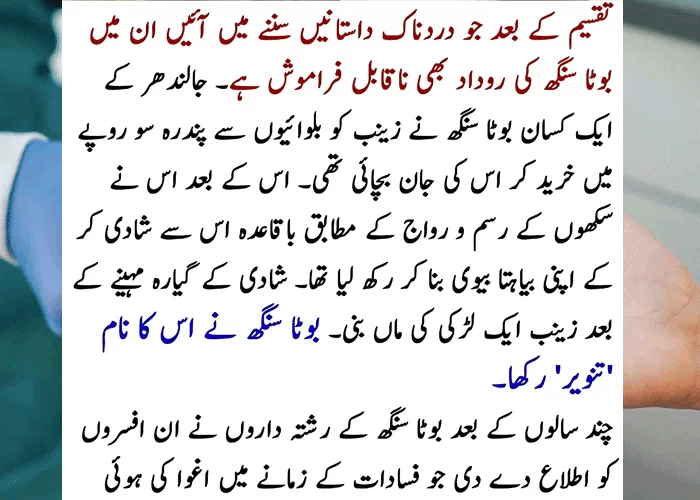
Botox is a top pick for people who want to look younger and fight wrinkles. It’s well-known for smoothing out lines without surgery. But before getting Botox, it’s important to know its advantages, possible downsides, and the impressive changes it can make to your appearance.
Botox Treatment
Botox, short for Botulinum toxin, is a neurotoxic protein derived from the bacterium Clostridium botulinum. When administered in controlled doses, Botox temporarily paralyzes muscles, thereby reducing the appearance of wrinkles and fine lines caused by repetitive facial movements. It is commonly used to target areas such as crow’s feet, forehead lines, and frown lines between the eyebrows.

Benefits of Botox Treatment
Wrinkle Reduction: The primary benefit of Botox treatment is its remarkable ability to diminish the appearance of wrinkles and fine lines, providing a smoother and more youthful complexion.
Non-Invasive: Unlike surgical procedures, Botox treatment is minimally invasive, involving injections rather than incisions. This results in less downtime and a lower risk of complications.

Quick Procedure: Botox injections are typically quick, often lasting around 10 to 15 minutes, making it a convenient option for individuals with busy lifestyles.
Versatility: Botox can be used to address various aesthetic concerns beyond wrinkles, including excessive sweating (hyperhidrosis) and migraines.

Natural-Looking Results: When administered by a skilled and experienced practitioner, Botox treatment can produce natural-looking results, allowing individuals to maintain their facial expressions while enjoying a more youthful appearance.

Potential Side Effects of Botox Treatment
While Botox is generally considered safe when administered by a qualified professional, it’s essential to be aware of potential side effects, which may include:
Bruising and Swelling: Some individuals may experience temporary bruising, swelling, or redness at the injection site. These side effects typically subside within a few days.

Headaches: In rare cases, Botox injections may trigger headaches, particularly in individuals prone to migraines.
Temporary Weakness: The temporary paralysis of muscles induced by Botox injections may cause temporary weakness or drooping in nearby muscles. However, this is usually temporary and resolves within a few weeks.

Allergic Reactions: Although rare, allergic reactions to Botox can occur. Symptoms may include itching, rash, or difficulty breathing. Immediate medical attention should be sought if any allergic reactions occur.

Before and After Results
The transformative effects of Botox treatment are often best illustrated through before and after photos. Before undergoing Botox treatment, individuals may notice the presence of dynamic wrinkles, such as crow’s feet and forehead lines, which become more pronounced with facial expressions. However, after receiving Botox injections, these wrinkles are visibly softened, resulting in a smoother and more youthful appearance.
Moreover, Botox treatment can also prevent the formation of new wrinkles by inhibiting muscle contractions in targeted areas, thereby preserving the skin’s youthful elasticity over time.
FAQs About Botox Treatment:
1. Can Botox treat things other than wrinkles?
Yes, Botox can help with more than just wrinkles. It can also be used to treat chronic migraines, reducing how often they happen and how bad they are. Botox can also help with excessive sweating by blocking the nerves that make you sweat a lot.
2. How long does Botox last in your body?
Botox’s effects don’t last forever. They usually stick around for about three to six months, but it varies from person to person. After a while, your body breaks down the Botox, so the muscles it paralyzed start working again. To keep seeing good results, you might need more injections every few months.
3. Do you have to be a certain age to get Botox?
Yes, you should be at least 18 years old to get Botox. It’s also a good idea for older people to get checked out by a doctor before getting Botox. Pregnant or breastfeeding women usually shouldn’t get Botox because we’re not sure if it’s safe for them or their babies.
4. Can Botox stop wrinkles before they start?
Yep! Botox can keep wrinkles from showing up too soon by stopping the muscles in your face from moving too much. This helps prevent lines from forming when you smile, frown, or squint. Some people get Botox as a way to keep their skin looking young before wrinkles become a big problem.
5. Do you need to change your diet or do anything special before or after Botox?
There aren’t any special rules about what you can eat before or after getting Botox. But it’s best to avoid alcohol and medicines that thin your blood for a few days before the treatment. This helps lower the chances of getting bruises where you got the shots. After you get Botox, it’s a good idea to take it easy and not do any heavy exercise or massage the area too much for about a day. Drinking plenty of water and using sunscreen can also help Botox work better and last longer.
In conclusion, Botox treatment offers a myriad of benefits for individuals seeking to enhance their appearance and combat the signs of aging. From wrinkle reduction to its minimally invasive nature, Botox has revolutionized the field of cosmetic enhancements, providing individuals with a safe and effective solution for achieving a more youthful complexion.
But it’s important to consider the possible downsides and talk to a skilled professional before getting Botox. This way, people can decide wisely and get the best outcome while reducing any risks. With the right guidance, Botox can help boost confidence and keep you looking youthful for a long time.






